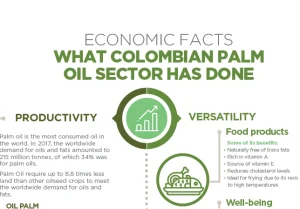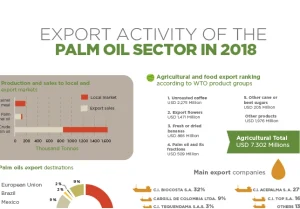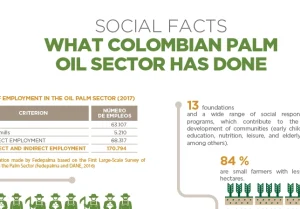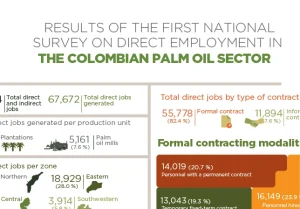TRM 08/05/2024
$ 3.884,84
-$ 9,39
-0,24 %
Precios de Referencia FFP - 1/2023
$ 3.573
Indicadores Precios de Referencia FEP - 03/2024
IPML $3.762.881 - IPME $3.597.417
Precio de referencia FFP – 12/2023:
Precio de referencia del aceite de palma crudo para el cálculo de la cuota del Fondo de Fomento Palmero de acuerdo con la Resolución 0536 del 29 de diciembre expedida por el Ministerio de Agricultura y Desarrollo Rural.
Indicadores precios de referencia FEP – 03/2024:
- IPML: Indicador precio paridad de importación de referencia para el aceite de palma crudo en el mercado local del mes de marzo de 2024. (Resolución FEP 256/ 2024)
- IPME: Indicador precio paridad de exportación de referencia para el aceite de palma crudo en el mercado de exportación (Zona Centro – Mercado Europa) del mes de marzo 2024. (Resolución FEP 256/ 2024)



